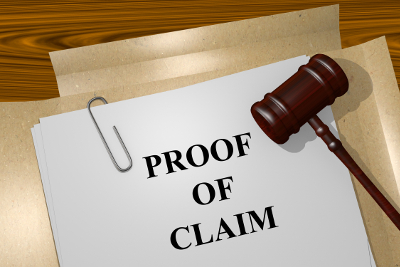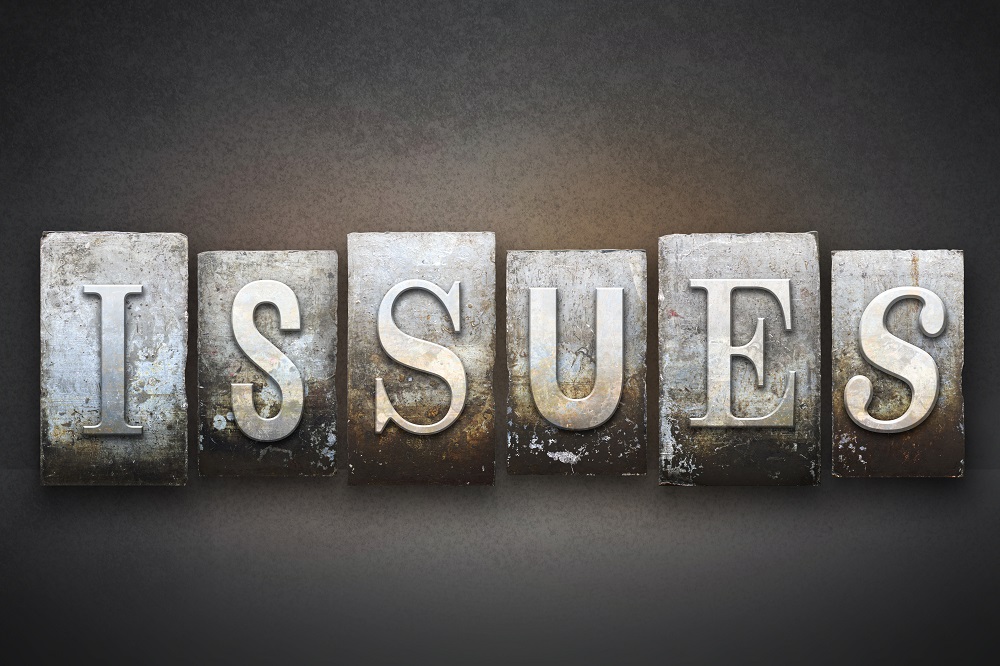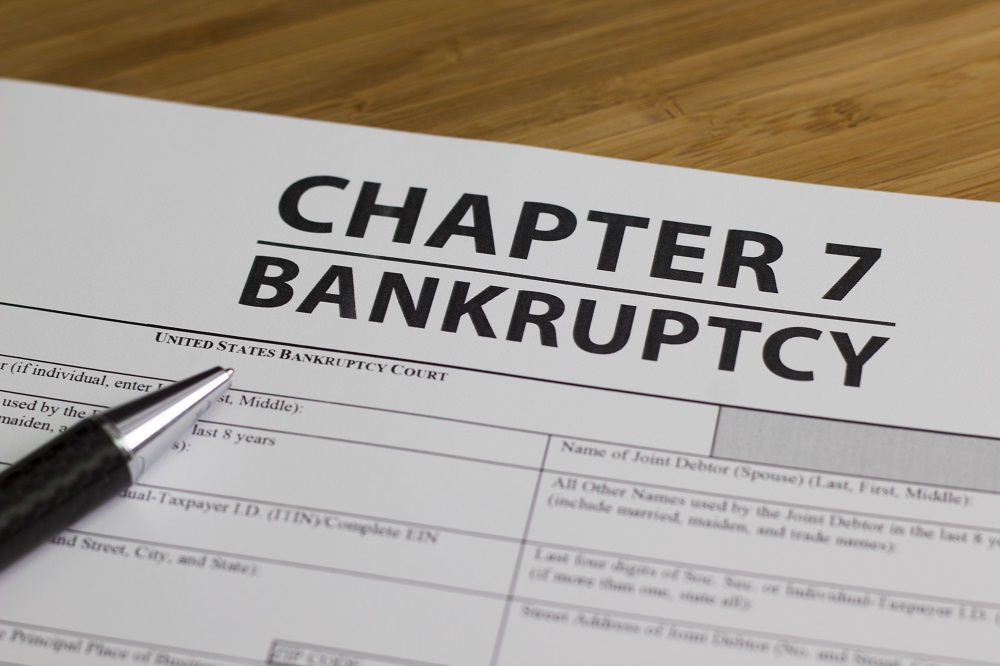Proof of Claim Bankruptcy Filing in Arizona: Cost and Other Essentials
Whenever a person prepares for a bankruptcy in Arizona, they will have to acquaint themselves with the proof of claim – a document that is prepared by the creditor and submitted to the respective bankruptcy court. The aim of this document is to show the amount of debt accumulated by the date on which a person files for bankruptcy. This document is created following an official court form and here’s everything you need to know about its preparation and submission.
Form and Submission
According to the United States Bankruptcy Court District of Arizona, proof of claim can be filed in three distinctive ways – in person, by mailing or using the digital electronic proof-of-claim (ePOC) application. The ePOC form is available here.
The digital document is signed before its submission and it carries the same weight as a paper-based proof-of-claim that’s manually signed.
People who don’t want to go through the online process can download the proof-of-claim form, enter all of the required information manually and submit the finalized document in person, by mail or fax.
Whenever a proof-of-claim form is being submitted, it will usually have to be accompanied by support documents. These documents will need to be redacted for the purpose of taking out personal information.
A few of the most common requirements alongside the proof-of-claim form include redacted proof of debt existence, documents suggesting the transfer of debt and a summary. After scanning, some of the documents may be destroyed. This is why all of the attached documents should be copies rather than the original.
Both the proof-of-claim and all other forms/documents should show solely the last four digits of the social security number/a tax identification number.
Deadlines for Filing Proof of Claim, Penalties and Sanctions
The deadlines for filing proof of claim will vary. Generally (for chapter 7 and 13 bankruptcies), proof of claim will have to be filed within 90 days after the first date set for a creditor meeting. When a governmental unit is involved, the deadline for filing bankruptcy will be 180 days.
In very few instances, a creditor will be informed by court that the filing of proof of claim is not necessary. This condition, however, may be the subject of change in the future. If a notice is received that proof of claim is required, the 90-day term will become applicable from that date on.
If a creditor chooses not to file proof of claim, they may lose the right to participate in the bankruptcy process and eventually vote against the suggested payment plan. A claim against the debtor could also be discharged rather than pursued.
The deadline is also strict and non-negotiable. An extension could be possible only under special circumstances presented by the creditor.
There is no charge for filing proof of claim and there are no late fees.
Additional Considerations
 The fact that you have filed a proof of claim against the debtor and that you have established the amount of the debt does not mean you are going to get paid. In some instances, the proof of claim could be dismissed by court, in other situations creditors will receive less than what they’re being owed.
The fact that you have filed a proof of claim against the debtor and that you have established the amount of the debt does not mean you are going to get paid. In some instances, the proof of claim could be dismissed by court, in other situations creditors will receive less than what they’re being owed.
Under normal circumstances, the trustee will be responsible for reviewing the claim submissions and file objections. Based on all of this information, a court will be left with determining whether the claim is enforceable or not.
Whenever a claim is being disputed or dismissed, the creditor can file an adversary action. For unsecured creditors, such a move doesn’t always make sense. In such instances, the cost of court action will have to be compared with the possible payment that will be received. Based on this calculation, a creditor will get to decide whether to take the process a step further.





